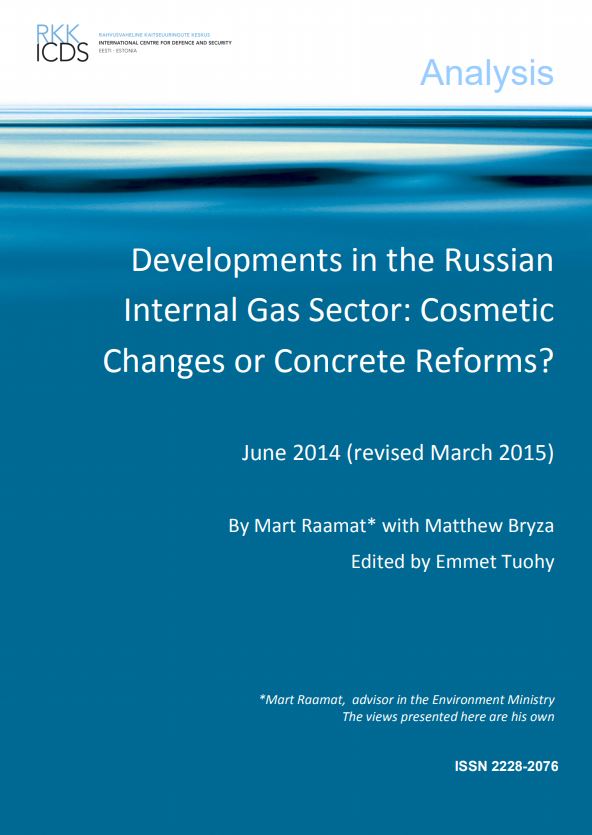The Russian government has always regarded gas as a strategic resource that can be used to advance its political goals—both domestically and internationally. In particular, the Kremlin has used its national gas champion Gazprom—in which the state holds a blocking majority ownership share of 50.002% –as the the main tool for supplying domestic consumers in remote areas. Indeed, until recently, the firm held the exclusive rights to export natural gas (in whatever form) to international markets.
The Russian government has always regarded gas as a strategic resource that can be used to advance its political goals—both domestically and internationally. In particular, the Kremlin has used its national gas champion Gazprom—in which the state holds a blocking majority ownership share of 50.002% –as the the main tool for supplying domestic consumers in remote areas. Indeed, until recently, the firm held the exclusive rights to export natural gas (in whatever form) to international markets.
However, in the last few years, substantial changes have taken place within the Russian gas sector, and as a result Gazprom has lost ground at home as well as abroad. Although the company’s domestic market share has been in gradual decline for the last decade or so, the first clear sign of the change in paradigm within Russia’s gas sector came in December 2013, when the government ended the monopoly to allow Gazprom’s fiercest domestic rivals—Novatek and Rosneft—to export liquefied natural gas (LNG). The two companies had been strongly pushing for liberalization of Russian gas exports, a move that would harm Gazprom’s positions as a sole exporter.
Full analysis: Developments in the Russian Internal Gas Sector: Cosmetic Changes ro Concrete Reforms?



